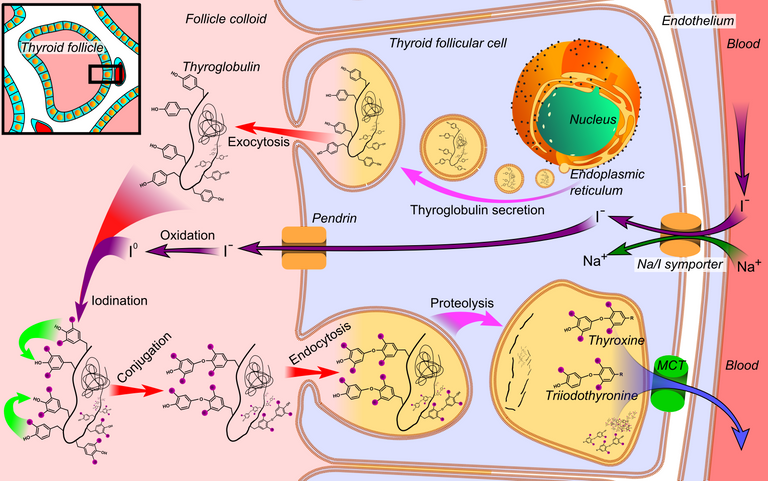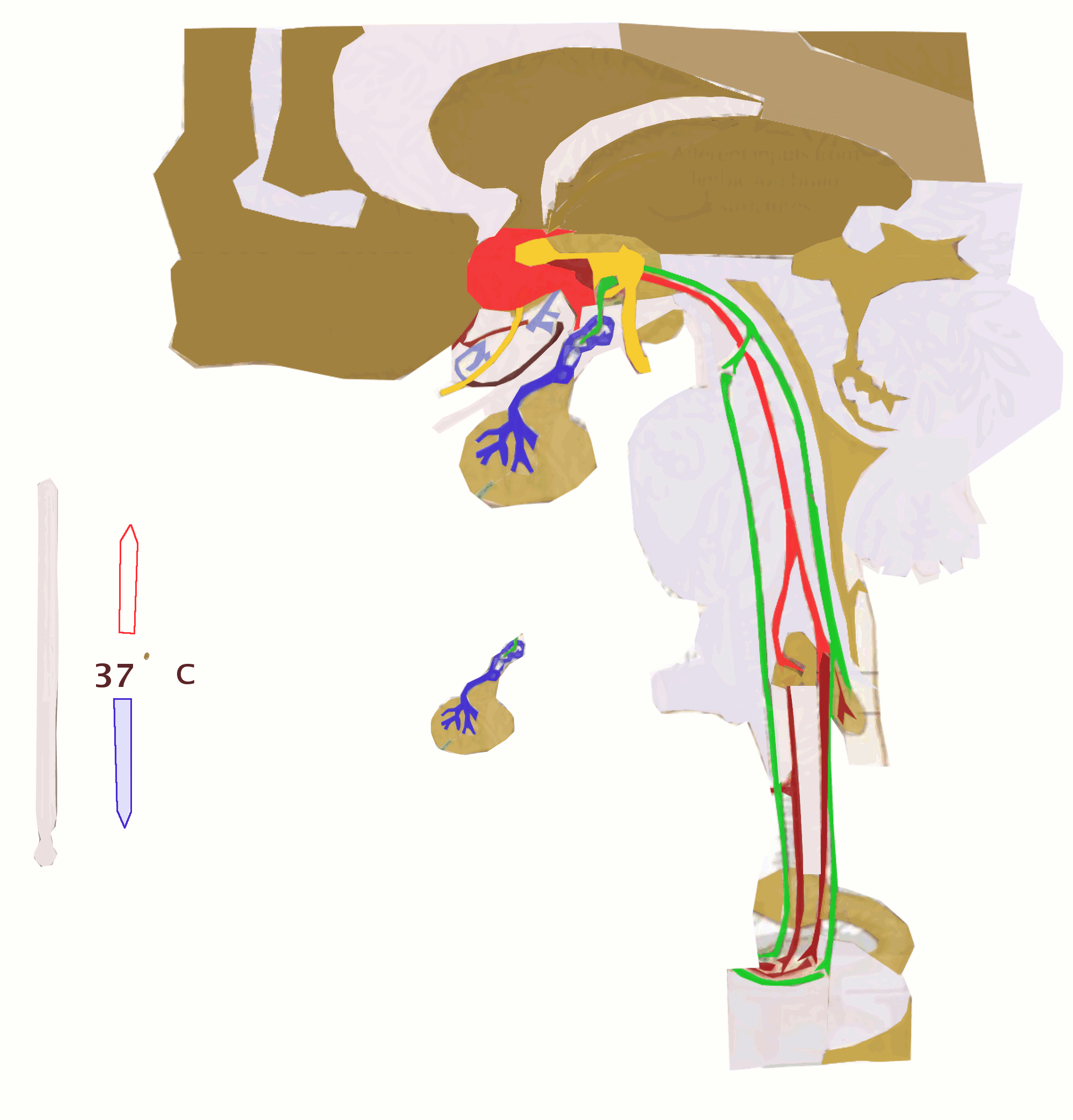HYPERTHYROIDISM
In today's Post, we'll be talking about a disorder which affects a very important gland, THE THYROID GLAND.
Before we get into the disorder, let us briefly talk about its anatomy and physiology.
The thyroid gland, an endocrine gland located in the neck, controls the body's metabolism rate by secreting hormones.
The anterior neck, just below the laryngeal prominence (Adam's apple), is where the thyroid gland is located. It is a ductless alveolar gland. It has two lobes that wrap around the trachea and are joined in the middle by an isthmus, giving it an approximately butterfly-shaped form. In most cases, the thyroid gland cannot be felt.
The thyroid gland's job is to make and retain thyroid hormones.
One of the major metabolic regulators is the thyroid gland. T3 and T4 normally start a range of metabolic pathways in target tissues by acting through nuclear receptors. They usually speed up or occur more frequently at high concentrations.

HYPERTHYROIDISM
While thyrotoxicosis and hyperthyroidism are often used interchangeably, the two terms are not synonymous.
Thyrotoxicosis: a hypermetabolic condition caused by an inappropriately high level of circulating thyroid hormones irrespective of the source.
Hyperthyroidism is the medical term for an overactive thyroid gland.
Types of hyperthyroidism include
OVERT HYPERTHYROIDISM
↓ Serum TSH levels with ↑ serum free T4 and/or T3 levels
Patients typically experience symptoms of thyrotoxicosis.
SUBCLINICAL HYPERTHYROIDISM
↓ Serum TSH levels with normal serum free T4 and T3 levels
Patients are normally asymptomatic or mildly symptomatic.
May progress to overt hyperthyroidism
One common cause of Hyperthyroidism is Grave’s Disease – an autoimmune condition where antibodies are produced that stimulate the TSH receptors on follicular cells.
Other causes includes; Thyroiditis, Drug-induced thyroiditis, Hashitoxicosis, Ectopic (extrathyroidal) hormone production, Exogenous thyrotoxicosis, Toxic adenoma.
It affects roughly 1% of the population and is 10 times more common in women than in men.
Patients may present with heat intolerance, weight loss, tachycardia, nervousness, increased sweating, exophthalmos and increased bowel movements.

By Tekksavvy - Own work, Public Domain
Hyperthyroidism management is indicated in all symptomatic patients, especially important in elderly patients or patients with resting heart rates> 90/minute or concomitant cardiovascular disease.
It is important to provide immediate control of symptoms, using propranolol.
It can be treated with Carbimazole which inhibits iodine binding to thyroglobulin.
IN CONCLUSION
The symptoms of thyrotoxicosis are those brought on by the overproduction of thyroid hormones in the body. The most frequent causes of hyperthyroidism, or thyroid gland hyperactivity, are Graves disease (most frequent), toxic multinodular goiter (MNG), and toxic adenoma.
HOPE YOU ENJOYED THIS POST.
**THANK YOU FOR YOUR TIME **
REFERENCE
